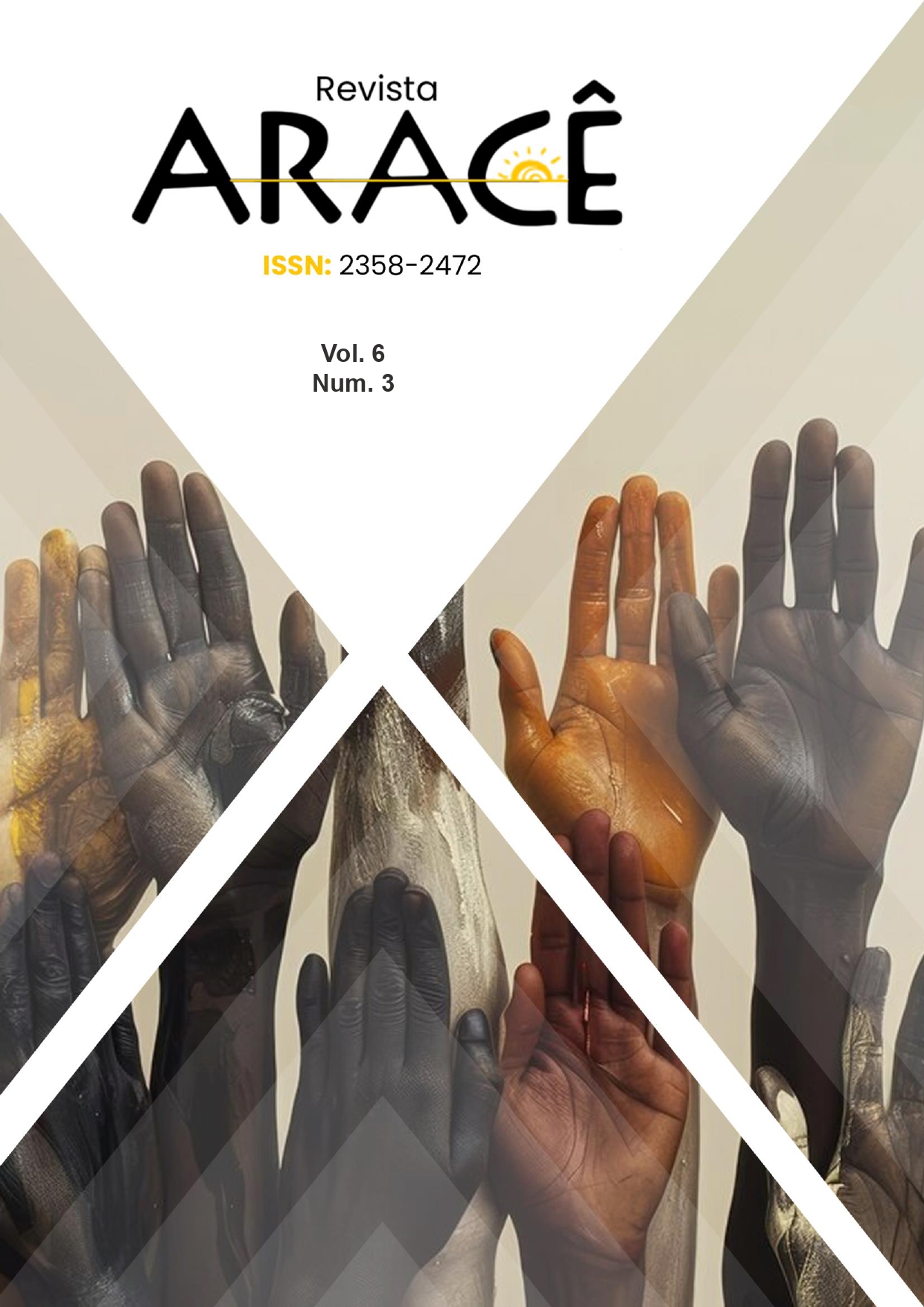OXIDANTS AND THE BLOOD-RETINAL BARRIER: THE PROGRESSION AND MOLECULAR MECHANISMS OF DIABETIC RETINOPATHY
DOI:
https://doi.org/10.56238/arev6n3-179Keywords:
Endothelial dysfunction, Neovascularization, Retinal hypoxia, Macular edema and diabetes mellitusAbstract
Diabetic retinopathy is a microvascular complication of the eye that arises as a result of poor control of hyperglycemia in patients with diabetes mellitus. This condition is characterized by progressive damage to the blood vessels of the retina, leading to increased vascular permeability, microaneurysms, intraretinal hemorrhages, and, in more advanced stages, neovascularization. Depending on its degree of progression, it can be classified into a non-proliferative form, which is more common in the early stages, and a proliferative form, which appears in advanced stages and is associated with an increased risk of severe visual loss. In terms of its pathophysiology, chronic hyperglycemia triggers a number of harmful metabolic and molecular pathways, such as the accumulation of reactive oxygen species, which cause oxidative stress and jointly contribute to endothelial damage and blood-retinal barrier dysfunction. Patients with this complication need strict and continuous glycemic control by hypoglycemic drugs capable of reducing the osmolar disorders characteristic of diabetes, combined with specific ocular therapies such as endothelial growth factor inhibitors, which slow down neovascularization and, consequently, reduce the likelihood of blindness. However, even with treatment protocols, diabetic retinopathy remains the leading cause of blindness in adults worldwide, underscoring the importance of prevention and early diagnosis. This study was based on the bibliographic method, compiling scientific medical data from specialized journals such as PUBMED and Scielo published between 2018 and 2023. The results highlight the close relationship between hyperglycemic states and diabetic retinopathy, thus concluding that it is essential to develop new therapies that target not only the advanced symptoms of the disease, but also the early molecular changes that occur during the early stages of diabetic retinopathy, effectively combating the cause and effect of the pathology.






